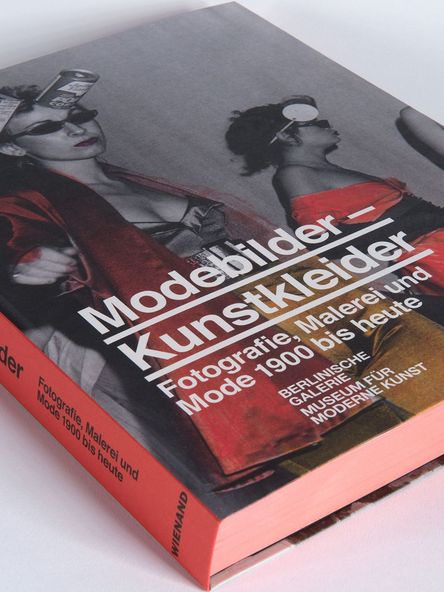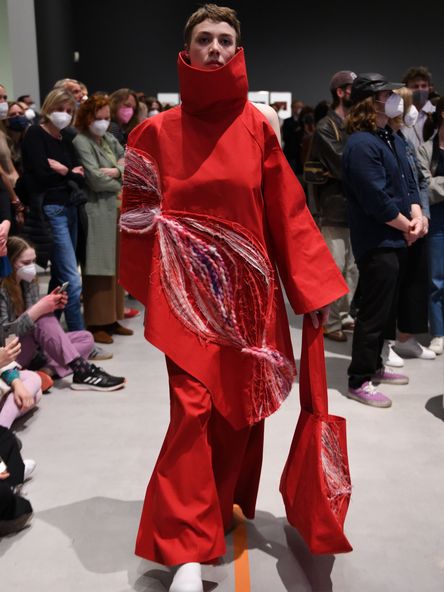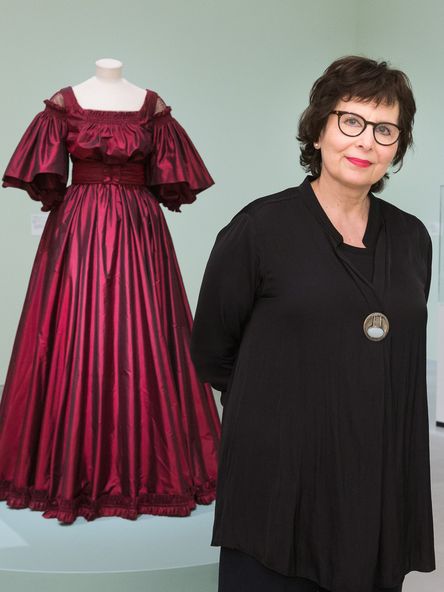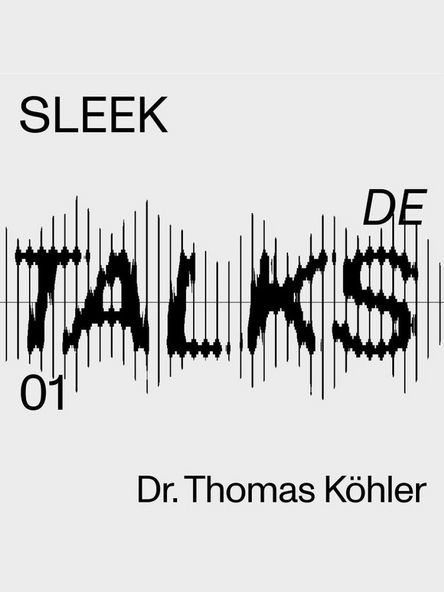In addition to numerous fashion photographs spanning the twentieth century, just as many paintings and drawings testify to the role of fashion as a means of expression and representation of a particular era: from the reform dress around 1900 and the Dada dandies of the 1920s to avant-garde clothing designs in contemporary art.
On this broad basis and with loans of selected pieces of clothing, aproximately 270 exhibits shed light on artists’ relationship to fashion. What role has fashion played in the painting, drawing, and photography of the past century? With what rules were clothing and costumes employed in fine art? How did artists dress and present themselves then and now? How is fashion used as a medium in contemporary art?
Fashion in and from Images
In 1903, Anna Muthesius, protagonist of the reform movement in Germany, published her text ‘Das Eigenkleid der Frau’ (Women’s Own Dress). She rejected the constricting corset of women’s clothing and advocated fashion that followed the natural shape of the body. Muthesius also saw herself as an ambassador with her own clothing.
Particularly in the 1920s, fashion illustrations for the rapidly growing magazine market were an important means of expression and income for women artists. Jeanne Mammen, for example, made a name for herself in the second half of the 1920s with her watercolours depicting society scenes, which illustrate how women presented themselves fashionably on the street, in cafés, or at a masked ball.
The perfect combination of image and dress was achieved in a famous fashion photograph by Herbert Tobias from 1954: Surrounded by war ruins, the model Irmgard Kunde presents a magnificent evening gown by the German fashion designer Heinz Oestergaard, which is exhibited together with the photograph.
In the 1980s, dilapidated buildings were not only backdrops for the self-designed fashion of the artistic bohemians of Prenzlauer Berg, but also liberal places to live – captured in photographs by Sibylle Bergemann, among others.
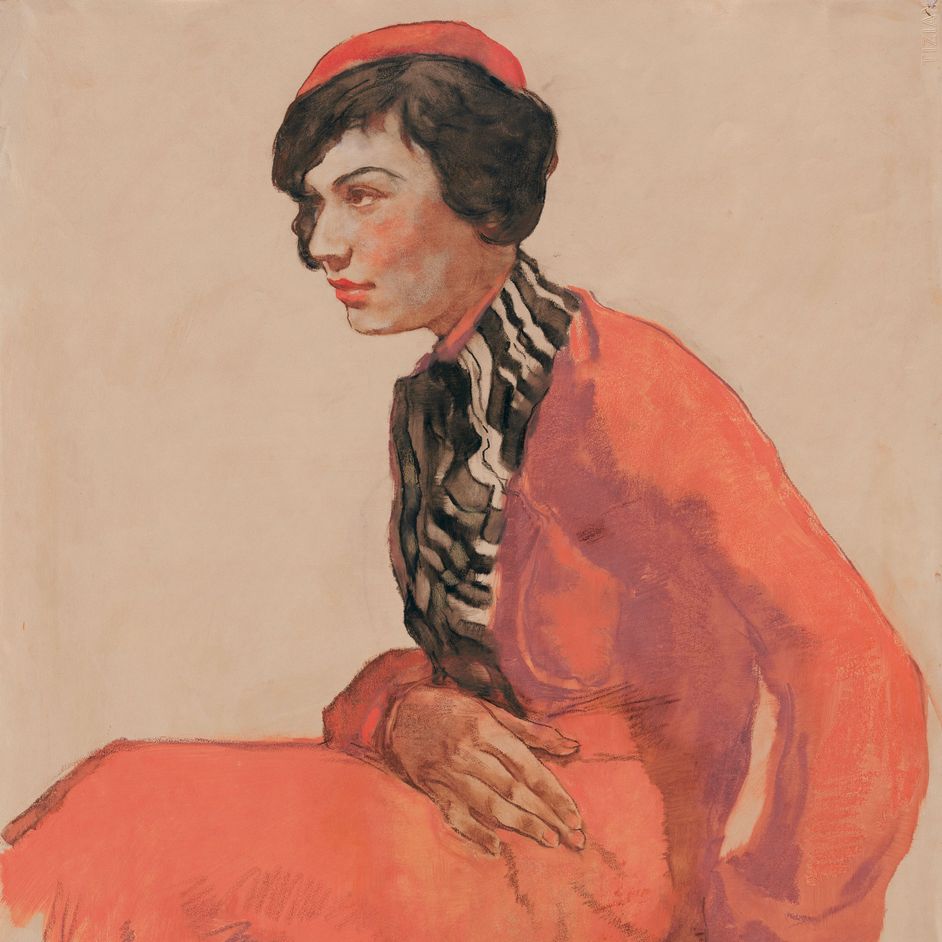
Lotte Laserstein, Dame mit roter Baskenmütze, um 1931, Berlinische Galerie
© VG Bild-Kunst, Bonn 2022, Foto: Anja Elisabeth Witte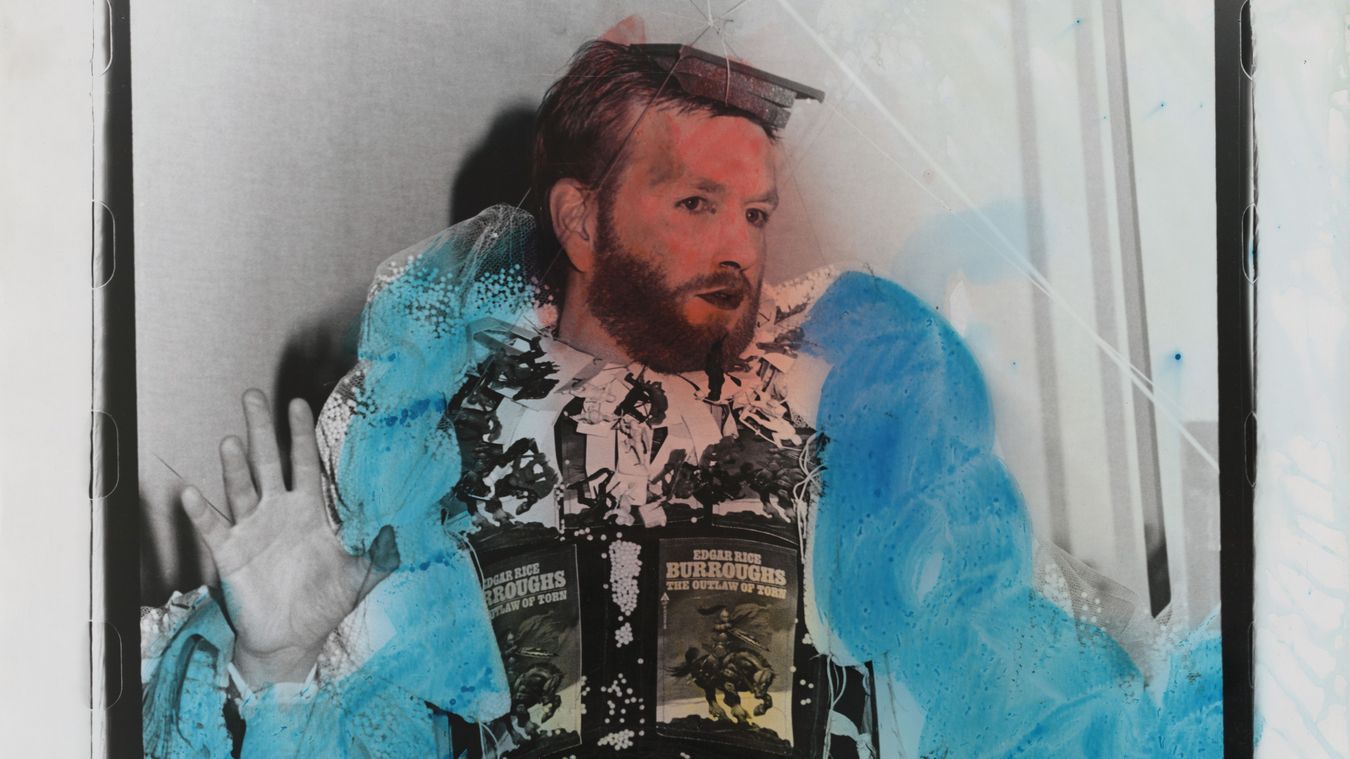
Rolf von Bergmann, Run-a-Ways (Serientitel), New York 1979
© Berlinische Galerie / VG Bild-Kunst, Bonn 2022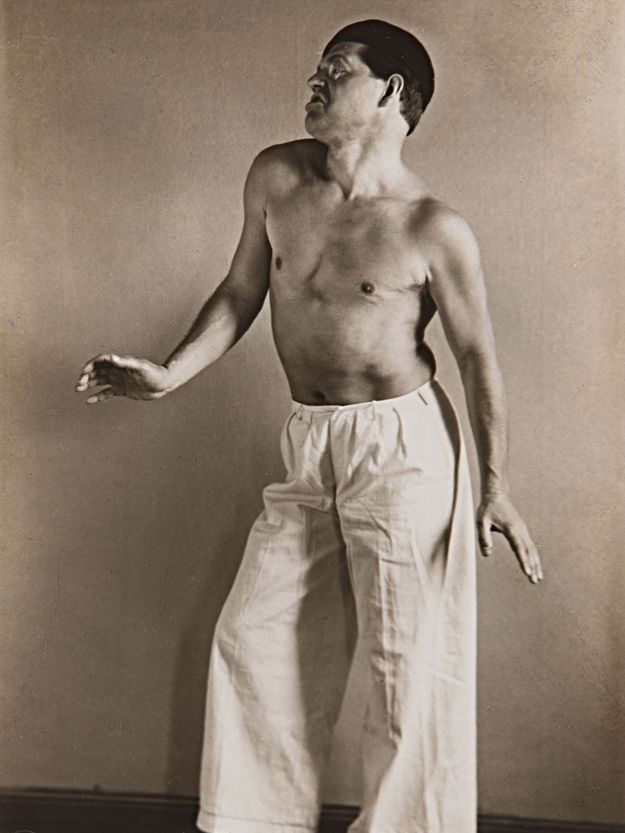
Artists Wear Fashion
In the era of modernism, artists’ clothing was not limited to painters’ smocks. In Berlin in 1929, the Dadaist Raoul Hausmann posed in front of August Sander’s camera in his self-designed ‘Oxford trousers’. Hannah Höch, who worked as a draughtswoman for the handicrafts department of the Ullstein publishing house between 1916 and 1926, created embroidery designs that she also used as motif sources for her collages. The exhibition presents a cross-section of Höch’s work.
In Berlin in the 1980s, it was artists such as Elvira Bach and Claudia Skoda who combined art and self-dramatisation via clothing. The queer photographer Rolf von Bergmann became an important chronicler of the Berlin scene and bequeathed to the Berlinische Galerie numerous items of clothing from his own performances, which are now being staged in the museum for the first time.
Fashion in Contemporary Art
Contemporary artists such as Wiebke Siem, Ursula Sax, and Alexandra Hopf, who use clothing as sculptural or performative material, operate within the art system, although they appropriate motifs from the world of fashion.
With her textile objects and installations, Alexandra Hopf interprets historical sources, such as the Constructivist uniform clothing designed after the Russian Revolution by artists such as Varvara Stepanova, Vladimir Tatlin, and Alexander Rodchenko. For the exhibition, the artist realises Raoul Hausmann’s ‘Oxford trousers’ as a textile object. This resulted in a study of this garment, its creation, and its use. Alexandra Hopf developed an installation from this, which restages the garment by means of colour, movement, light, and sound.
Artists:
Karl Arnold, Martin Assig, Marta Astfalck-Vietz, Atelier Marion/Anny Fuchs, Elvira Bach, Patrizia Bach, Hans Baluschek, Sibylle Bergemann, Rolf von Bergmann, Benno Berneis, BLESS, Erwin Blumenfeld, Tabea Blumenschein, Marc Brandenburg, Alyssa DeLuccia, Minya Diez-Dührkoop, Ruth Döring, Mercedes Engelhardt, Hans-Peter Feldmann, Lieselotte Friedlaender, Ulrike Grossarth, George Grosz, F.C. Gundlach, Gerd Hartung, Bertram Hasenauer, Raoul Hausmann, Richard Hildebrand, Jacob Hilsdorf, Reiner Hirsekorn, Hannah Höch, K.H. Hödicke, Alexandra Hopf, Leo von König, Astrid Köppe, Angelika Kroker, Käthe Kruse, Juliane Laitzsch, Lotte Laserstein, Ute Mahler, Jeanne Mammen, Anna Muthesius, Helmut Newton, Heinz Oestergaard, Jacqueline Ostermann, Ulrike Ottinger, Nicola Perscheid, Rico Puhlmann, Lilla von Puttkamer, Rolando Rasmussen, Raffael Rheinsberg, Frieda Riess, August Sander, Ursula Sax, Christian Schad, Rudolf Schlichter, Wiebke Siem, Franz Skarbina, Claudia Skoda, Eugen Spiro, Luis Steigleder, Herbert Tobias, Hann Trier, Umbo (Otto Umbehr), Dr. phil. Peter Weller, Julie Wolfthorn, Wols (Alfred Otto Wolfgang Schulze), Yva (Else Neuländer-Simon)
